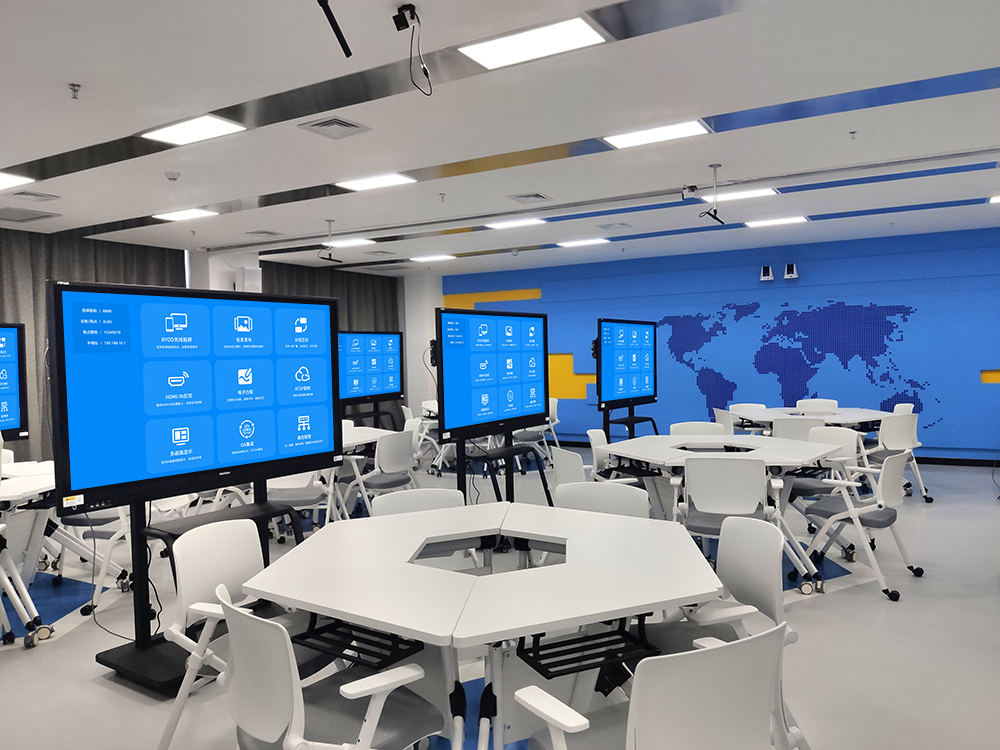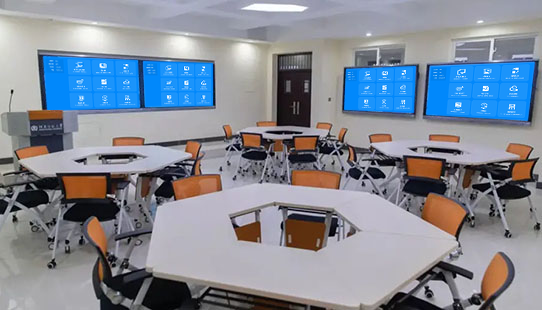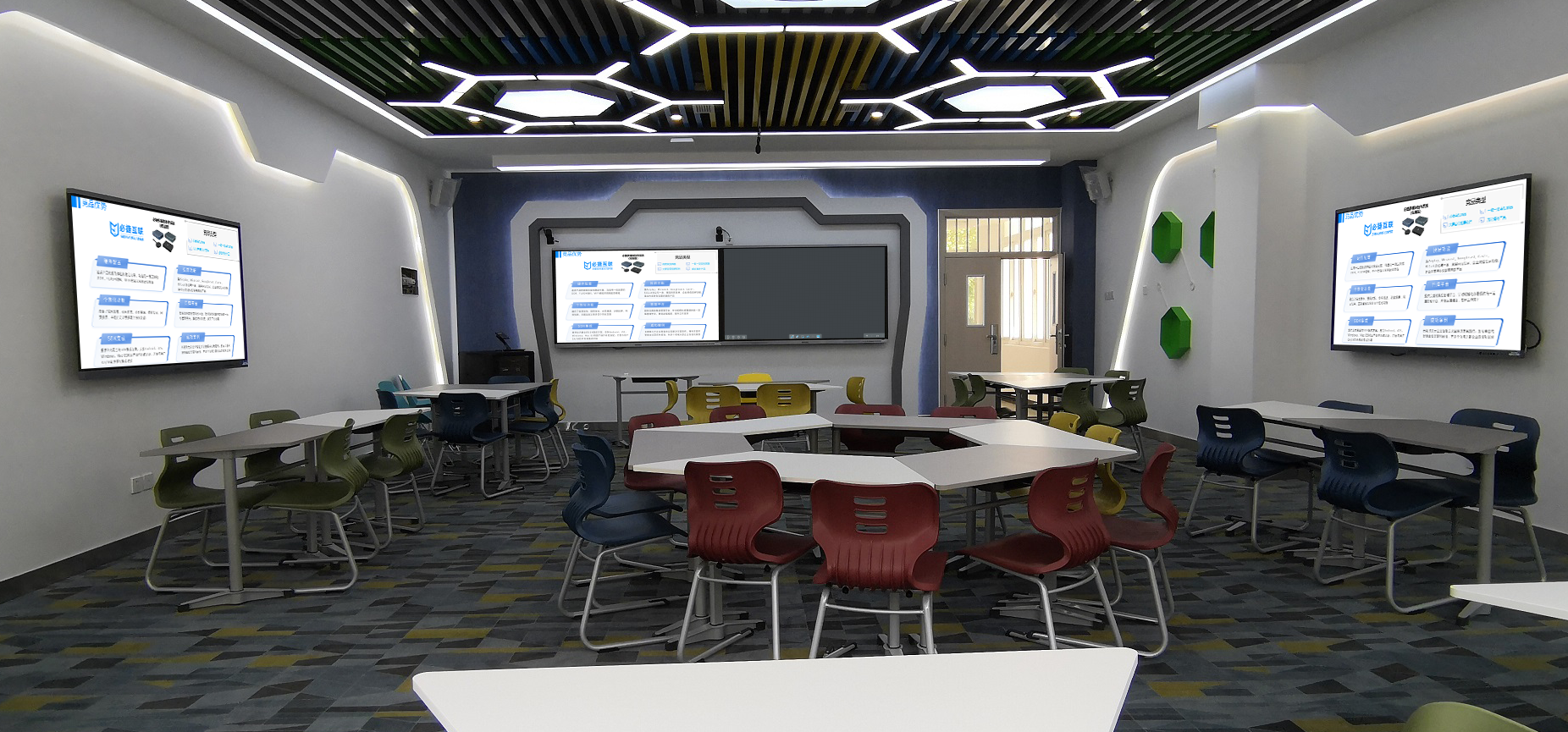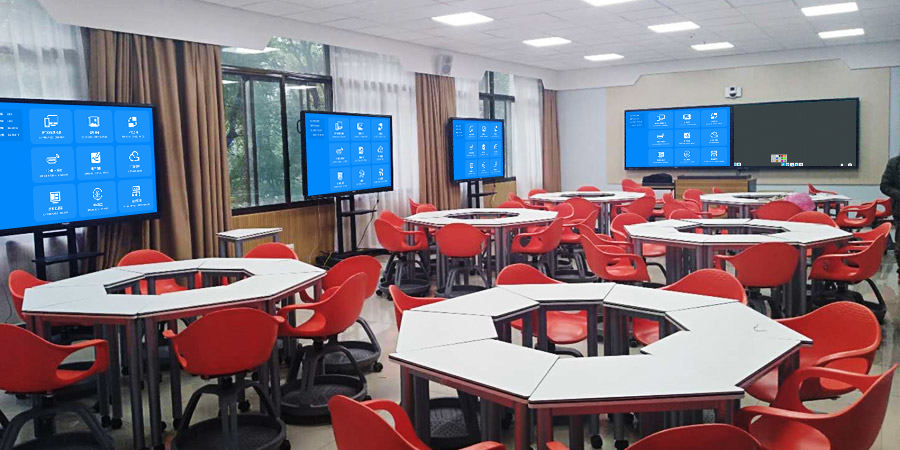Multi-Screen Collaboration: Boosting Device Interactivity for Greater Efficiency
Multi-screen collaboration breaks down device barriers, enabling seamless teamwork between phones, computers, large displays, and more. Here are its core advantages:
I. Rapid Interconnection, Seamless Multi-Device Integration
Devices like phones, computers, and tablets connect with a single tap, requiring no complex setup.
It supports both wireless and wired connections, ensuring stable operation even with multiple users collaborating simultaneously.
Connection memory allows for direct linking on subsequent uses, saving you time.
II. Two-Way Interaction, Real-Time Information Flow
The large screen can control smaller devices, with content modifications syncing instantly to the corresponding device.
Smaller screens can control content switching on the large display, offering flexible and convenient multi-device operation.
Content from multiple devices can be displayed in split-screen, making comparisons and analyses more intuitive and clear.
III. Full Scenario Adaptation, Catering to Diverse Needs
It’s compatible with mainstream operating systems and various file formats, suitable for office, education, and entertainment scenarios.
Supports cross-device file transfer, eliminating the need for third-party tools and making collaboration smoother.
New and old devices can all integrate, so you don’t have to worry about model or system incompatibility.
IV. Convenient Management, Ensuring Stable Operation
Remotely monitor device status, with timely alerts and troubleshooting for any issues.
Batch set collaboration permissions to standardize device usage and reduce management costs.
Encrypts data transmission to prevent information leakage and ensure collaboration security.
Multi-screen collaboration transforms devices from independent units into a cohesive whole, significantly boosting work and learning efficiency.